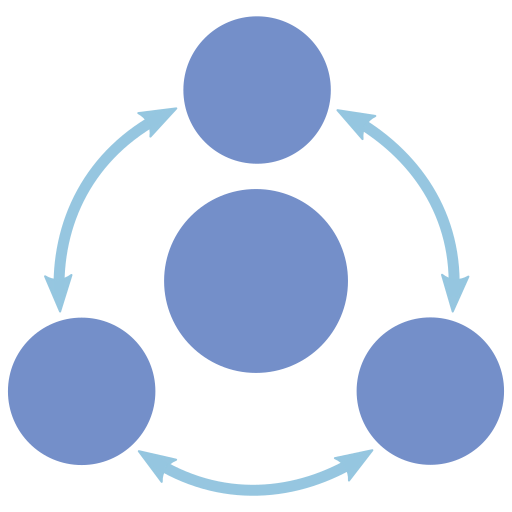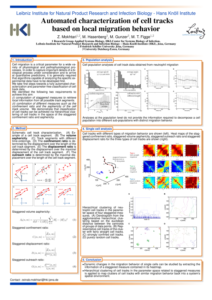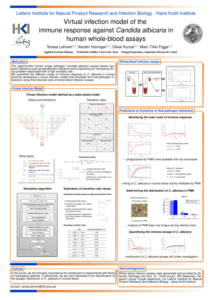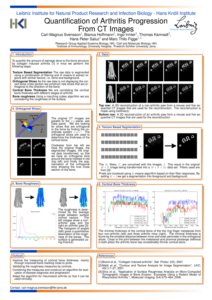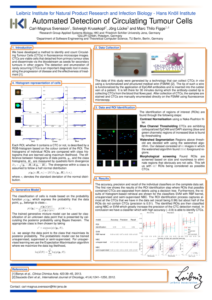In this study we investigate receptor–ligand binding in the context of antibody–antigen binding. We established a quantitative mapping between macroscopic binding rates of a deterministic differential equation model and their microscopic equivalents as obtained from simulating the spatiotemporal binding kinetics by a stochastic agent-based model. Furthermore, various properties of B cell-derived receptors like their dimensionality of motion, morphology, and binding valency are considered and their impact on receptor–ligand binding kinetics is investigated. The different morphologies of B cell-derived receptors include simple sperical representations as well as more realistic Y-shaped morphologies. These receptors move in different dimensionalities, i.e. either as membrane-anchored receptors or as soluble antibodies. The mapping of the macroscopic and microscopic binding rates allowed us to quantitatively compare different agent-based model variants for the different types of B cell-derived receptors. Our results indicate that the dimensionality of motion governs the binding kinetics and that this predominant impact is quantitatively compensated by the bivalency of these receptors.
Model for antigen binding by B cell-derived receptors
Publications
Hydrophilic cryogels as potential 3D cell culture materials: Synthesis and characterization of 2-(methacrylamido) glucopyranose-based polymer scaffolds.
Behrendt F, Pretzel D, Cseresnyés Z, Kleinsteuber M, Wloka T, Radosa L, Figge MT, Gottschaldt M, Brakhage AA, Schubert US#
Cell cultures are important techniques to investigate cellular processes in a simplified manner. The most commonly applied 2D models do not simulate most of the in vivo conditions whereas cryogels as promising 3D cell culture materials are able to provide both a structured microenvironment and tailored surface properties, similar to the natural extracellular matrix (ECM). […]
The role of pneumococcal extracellular vesicles on the pathophysiology of the kidney disease hemolytic uremic syndrome.
Battista M, Hoffmann B, Bachelot Y, Zimmermann L, Teuber L, Jost A, Linde S, Westermann M, Müller MM, Slevogt H, Hammerschmidt S, Figge MT, Vilhena C*#, Zipfel PF*#
Streptococcus pneumoniae-induced hemolytic uremic syndrome (Sp-HUS) is a kidney disease characterized by microangiopathic hemolytic anemia, thrombocytopenia, and acute kidney injury. This disease is frequently underdiagnosed and its pathophysiology is poorly understood. In this work, we compared clinical strains, isolated from infant Sp-HUS patients, with a reference pathogenic strain D39, for host cytotoxicity and further explored […]
Sodium thiosulfate refuels the hepatic antioxidant pool reducing ischemia-reperfusion-induced liver injury.
Press AT#*, Ungelenk L*, Medyukhina A, Pennington SA, Nietzsche S, Kan C, Lupp A, Dahmen U, Wang R, Settmacher U, Wetzker R, Figge MT, Clemens MG, Bauer M (2023)
Ischemia-reperfusion injury is a critical liver condition during hepatic transplantation, trauma, or shock. An ischemic deprivation of antioxidants and energy characterizes liver injury in such cases. In the face of increased reactive oxygen production, hepatocytes are vulnerable to the reperfusion driving ROS generation and multiple cell-death mechanisms. In this study, we investigate the importance of […]
